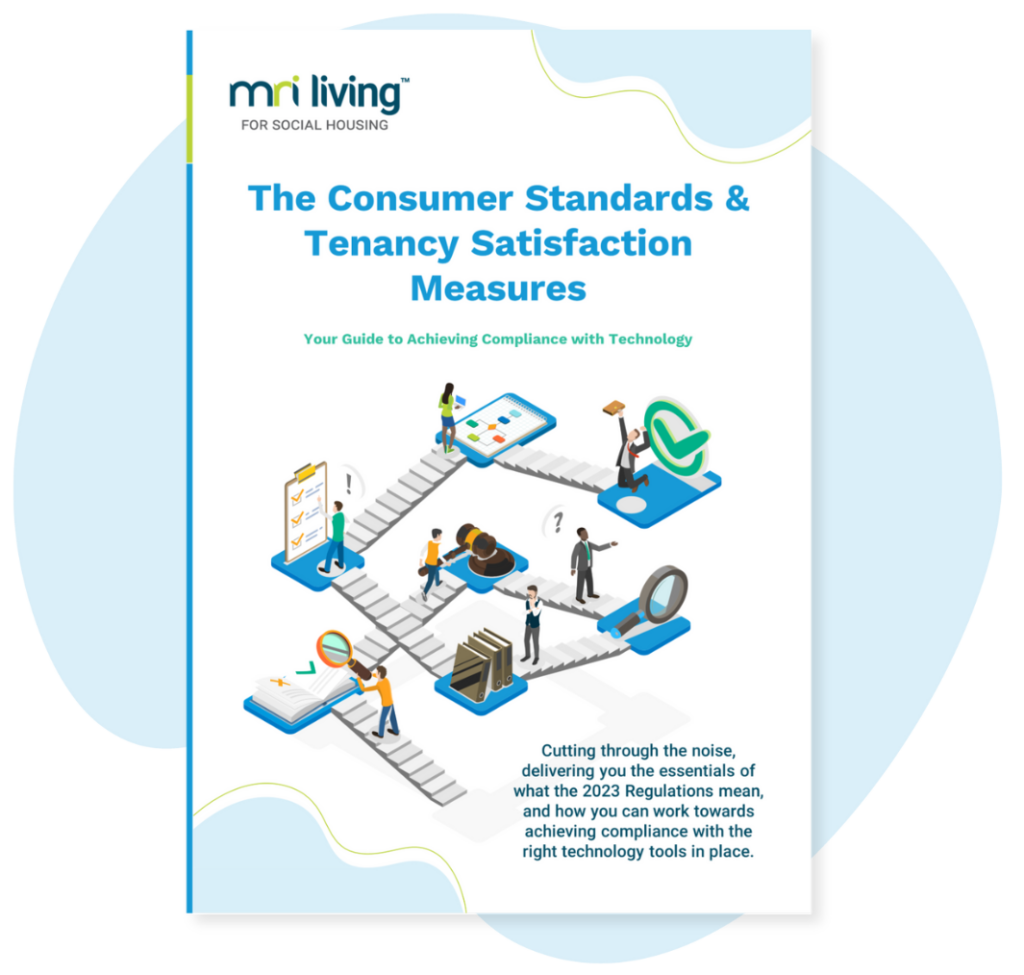Housing Association’s Charitable Trust (HACT) discuss Community Resilience and thoughts on the latest Resident Voice Index™ findings
Resilience is a term that is frequently used, even more so following the beginning of the Covid-19 pandemic. Sometimes it is used to refer to the character traits that enable individuals to cope and respond to external threats – weathering the storm in spite of everything that happens around them. HACT’s research focusing on the resilience of residents has found that it is important to consider resilience as a dynamic process rather than a fixed trait.
However, focussing solely on the self misses the ways in which an individual’s resilience is very much rooted in communities and other formal and informal networks. What makes us resilient is not just innate qualities, it’s also the social and community infrastructure that we rely on in times of stress.
That makes it much harder to define and measure, but it also opens the door for organisations invested in people and places (such as social housing providers) to play a role in building resilience. To get to that point, we need to improve our understanding of where the scope of social housing providers’ overlaps with the factors that build community resilience.
This aligns with HACT’s work on resilience where we have been focussing on what we mean when we talk about the resilience of individuals, how we can measure changes in resilience levels and the extent to how resident resilience insight can be used to drive transformative change for residents and communities.
Therefore, we were delighted to support MRI Software on the second Resident Voice Index™ survey on Community Support and Life after Lockdown. In particular, we worked with the team to input into the questions relating to community resilience.
Reflections on resilience as a shared experience
The networked nature of resilience really came through in survey. For example, in response to the question “What things help your community to withstand shocks (e.g.a lockdown) and help it to thrive?”, responses such as “Talking to each other so we can get to know each other’s needs and support” were indicative of a broader sentiment that residents relied on their neighbours, friends and family.
It does raise the question of how different resilience looks in the face of different shocks. Covid-19 has been (to an extent) a levelling, shared experience, at least through the early lockdown period. Indeed, the report notes that there was a high incidence of “lockdown’ being quoted as a trigger for increased resilience.
Other shocks are very personal, such as unemployment, or divided along socio-economic lines, such as the energy price rise which disproportionately impacts low-income households. In contrast, these experiences can heighten feelings of injustice and stigma, and the feeling of being left behind.
Funding
Sustaining the necessary funding and investment for essential services and support also came up as a key factor. Working through the Centre for Excellence in Community Investment, we saw up close how many housing providers stepped in to support residents both directly and through partner organisations in welfare calls and supporting food banks. In the long term, many housing providers have been exploring how to transition to a more sustainable, long-term response to both the pandemic and other system issues such as fuel poverty, decarbonisation and building safety.
We’ve also seen how rising energy costs are pushing many more households into fuel poverty, through the Energy Hardship Fund. MRI Software and more than 60 other housing providers and corporate donors have contributed to the fund, supporting residents with their energy costs this winter.
This is an example of a vital short-term response, but one that doesn’t necessarily enable the sort of long-term resilience needed to cope with further fluctuations in both temperature and the cost of energy. This is mirrored in the Community Support and Life after Lockdown report which calls for “housing providers, policy makers, service providers and wider society’s need to shift from a reactive crisis mode towards more long-term planning and investment.”.
Designing services with resilience in mind
Housing providers can also look at how their core services are designed with resilience in mind. That means understanding the resident experience through rent payment and arrears, or repairs and maintenance, and then adapting the services to accommodate for the types of personal and collective stresses that people face.
One example might be flexible rent payment. HACT have been working with organisations including Optivo Housing Association to trial a service which enables residents to flex their rent payments around high-cost periods in the year, such as winter when energy costs rise. The same amount of rent is still collected, but it gives a little extra leeway at pinch points.
Takeaways
Here at HACT we want to support the sector to understand better how people’s wellbeing can be supported, through homes and the provision of services. That’s why we are supporting MRI’s Resident Voice Index™ to delve into hard questions such as what makes a community resilient, and to take away those learnings and incorporate them into service design and decision making.
To find out more about HACT’s work on resilience head to https://hact.org.uk/nextinnovations/resilience/ or contact HACT Head of Research, Frances Harkin frances.harkin@hact.org.uk
Contributed content from Billy Holt, Market Insights Lead at HACT.
The Consumer Standards and Tenancy Satisfaction Measures: Your Guide to Achieving Compliance with Technology
Cutting through the noise, delivering you the essentials of what the Consumer Standards and Tenancy Satisfaction Measures 2023 Regulations mean, and how you can work towards achieving compliance with the right technology tools in place. New regulatio…

